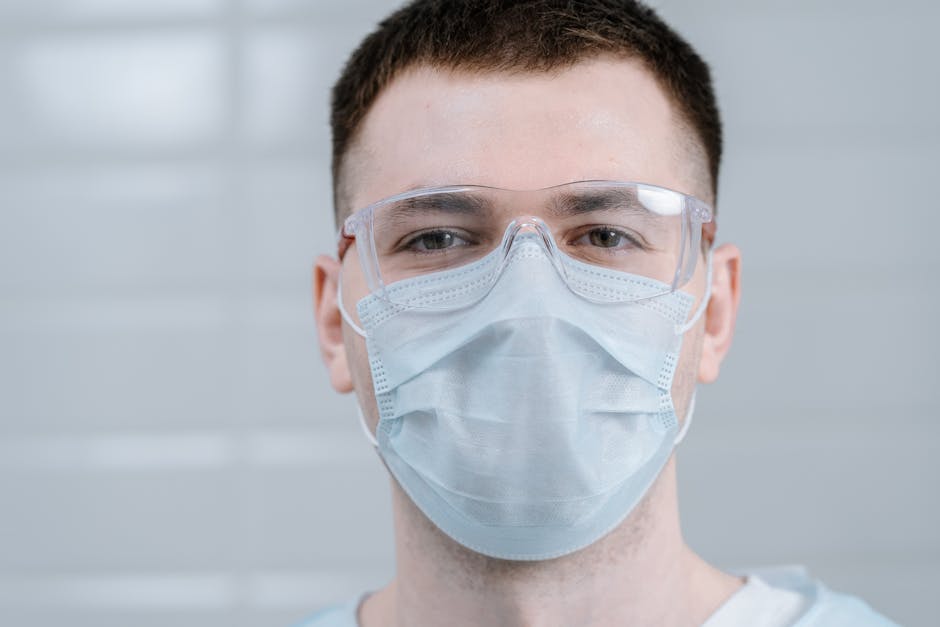Health and Safety Standards for Workforce Retention
The Direct Link Between Safety and Employee Retention
Employees who feel unsafe at work are three times more likely to seek new employment. Therefore, implementing strong health and safety standards directly addresses one of the fundamental needs of every worker: the need for security. According to the Occupational Safety and Health Administration (OSHA), businesses that prioritize safety see not only fewer accidents but also improved employee morale. Additionally, companies with low injury rates experience 37% less absenteeism and 35% lower turnover. This creates a stable workforce that requires less frequent recruiting and training, saving significant costs.
Key Components of Effective Health and Safety Programs
An effective safety program encompasses multiple layers of protection and prevention. Importantly, it goes beyond basic compliance to create a comprehensive culture of safety.
Proactive Risk Assessment and Hazard Prevention
Firstly, regular workplace assessments identify potential hazards before they cause harm. Subsequently, implementing engineering controls, administrative changes, and personal protective equipment addresses these risks systematically.
Comprehensive Safety Training and Education
Ongoing training ensures employees understand safety protocols and emergency procedures. Moreover, well-trained workers feel more confident in their ability to handle unexpected situations, reducing stress and anxiety.
Ergonomic Workspace Design
Proper ergonomics prevent musculoskeletal disorders and chronic pain conditions. For example, adjustable chairs, standing desks, and proper monitor placement significantly reduce physical strain and discomfort.
Mental Health and Psychological Safety
Psychological safety allows employees to speak up without fear of reprisal. Meanwhile, mental health support programs address stress, burnout, and other workplace pressures that contribute to turnover.
How Safety Standards Impact Organizational Culture
A strong safety culture communicates that leadership values employees as human beings rather than just resources. This fundamental shift in perspective builds trust and fosters loyalty that transcends compensation considerations.
Building Trust Through Transparent Communication
Regular safety meetings and open dialogue about concerns demonstrate organizational commitment. Consequently, employees feel heard and valued, strengthening their connection to the company.
Employee Engagement and Participation
Involving workers in safety committees and decision-making empowers them to take ownership. Additionally, this participatory approach leads to more effective solutions and greater buy-in for safety initiatives.
Measuring the ROI of Safety Investments on Retention
While safety programs require investment, the return significantly outweighs the costs. According to a Liberty Mutual Workplace Safety Index study, every dollar invested in workplace safety returns $4-$6 through reduced costs associated with accidents, turnover, and lost productivity.
Reduced Turnover and Recruitment Costs
Replacing an employee typically costs 50-60% of their annual salary. Therefore, retaining just a few employees through better safety practices can justify an entire safety program budget.
Lower Workers’ Compensation Premiums
Companies with strong safety records qualify for lower insurance premiums. Furthermore, fewer claims mean less administrative burden and fewer production disruptions.
Improved Productivity and Quality
Safe workers are more focused and efficient. Similarly, reduced injury rates mean fewer delays and errors, leading to better overall performance.
Implementing World-Class Health and Safety Standards
Creating an effective safety program requires a systematic approach backed by leadership commitment and adequate resources.
Leadership Commitment and Accountability
Safety must start at the top with executives modeling safe behaviors. Subsequently, managers at all levels should have safety performance as part of their evaluation metrics.
Continuous Improvement Through Data Analysis
Regularly reviewing incident reports, near misses, and safety metrics identifies trends and opportunities. Meanwhile, benchmarking against industry leaders helps set ambitious but achievable goals.
Technology and Innovation in Safety Management
Modern safety technologies like wearable devices and AI-powered monitoring systems provide real-time data. Additionally, digital platforms streamline reporting and communication about safety issues.
Industry-Specific Safety Considerations for Retention
Different industries face unique challenges that require tailored approaches to safety and retention.
Manufacturing and Industrial Settings
In manufacturing, machine guarding, lockout/tagout procedures, and chemical safety are critical. The National Institute for Occupational Safety and Health (NIOSH) provides industry-specific guidelines that help reduce injuries in these environments.
Office and Knowledge Work Environments
For office workers, ergonomics, eye strain prevention, and mental health support are paramount. Interestingly, repetitive stress injuries and sedentary-related health issues account for significant productivity loss in these settings.
Healthcare and Emergency Services
Healthcare workers face biological hazards, physical strain, and workplace violence. Consequently, specialized protocols for infection control, patient handling, and de-escalation techniques are essential for retention in this high-stress field.
Future Trends in Workplace Health and Safety Standards
The landscape of workplace safety continues to evolve with new technologies and changing employee expectations.
Remote Work Safety Considerations
As remote work becomes permanent for many organizations, companies must address home office ergonomics and mental health isolation. Additionally, clear policies regarding work hours and expectations help prevent burnout in distributed teams.
Holistic Well-being Programs
Modern safety programs increasingly address physical, mental, financial, and social well-being. According to a World Health Organization study, comprehensive well-being initiatives reduce turnover by up to 45%.
Predictive Analytics and AI
Advanced analytics can predict potential safety incidents before they occur. Meanwhile, machine learning algorithms identify patterns that human observers might miss, enabling proactive interventions.
Frequently Asked Questions About Health and Safety Standards
How do health and safety standards directly impact employee retention?
Safety standards significantly impact retention by demonstrating organizational care for employees. Workers who feel protected are more loyal, engaged, and likely to stay long-term.
What are the most cost-effective safety improvements for retention?
Ergonomic assessments, safety training, and mental health resources offer excellent ROI. Additionally, clear communication channels for safety concerns require minimal investment but yield significant retention benefits.
How can small businesses implement effective health and safety standards?
Small businesses can start with risk assessments, basic safety training, and clear protocols. Furthermore, leveraging free resources from OSHA’s small business program provides guidance without significant expense.
What metrics should companies track to measure safety’s impact on retention?
Key metrics include turnover rates, safety incident frequency, employee satisfaction scores, and workers’ compensation claims. Additionally, tracking retention specifically among departments with strong safety records provides valuable insights.
How often should health and safety standards be reviewed and updated?
Formal reviews should occur annually, but continuous monitoring is essential. Moreover, updates should follow any incident, process change, or new regulation to ensure ongoing effectiveness.
Conclusion: Prioritizing Safety for Sustainable Retention
In conclusion, exceptional health and safety standards represent one of the most powerful yet underutilized tools for workforce retention. Companies that genuinely invest in protecting their employees reap rewards through lower turnover, higher productivity, and stronger organizational culture. Finally, the connection between safety and retention will only grow stronger as workers increasingly prioritize well-being over other job factors. To summarize, now is the time to audit your safety programs and identify opportunities for improvement. Contact us today to discuss how we can help strengthen your safety initiatives, or explore our resources for practical guidance. Alternatively, book an appointment with our safety specialists to develop a customized retention strategy centered on workplace well-being.




